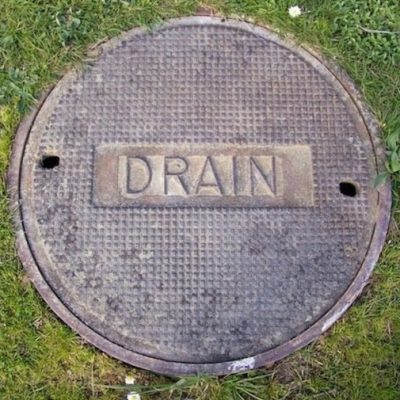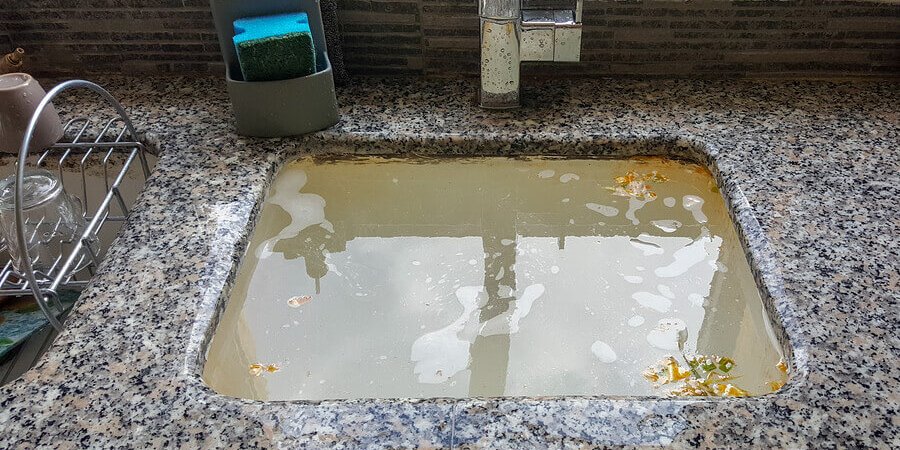Everyone may have their own unique idea involving How to handle a clogged drain in your home.

Intro
Dealing with a blocked drain can be a discouraging experience, interrupting daily tasks and possibly creating damage to your residential property. Nevertheless, before connecting to plumbing professionals, there are steps you can require to deal with the concern yourself. In this overview, we'll explore DIY services and preventive measures to tackle a blocked drainpipe effectively.
Identifying the Issue
The very first step in resolving a blocked drain is identifying the indications. Sluggish water drainage, gurgling audios, foul odors emanating from drains, or water support up are common indications of a blocked drain. Recognizing these indications early can help stop additionally difficulties.
Common Causes of Blocked Drains
Understanding the aspects that add to drain obstructions is vital for effective resolution. Common culprits include hair, soap scum, oil, food particles, and international objects like hygienic items or paper towels. Tree roots getting into below ground pipes can likewise cause significant blockages.
DIY Solutions
For minor obstructions, a number of do it yourself remedies can be efficient. Putting boiling thin down the drain can assist liquify grease and particles. Sodium bicarbonate and vinegar or a mixture of salt and baking soft drink can serve as all-natural cleaners. Making use of a bettor or pipes serpent to dislodge obstructions is another alternative.
Tools and Tools
Having the right devices handy can make do it yourself drainpipe cleaning up a lot more reliable. A bettor is a flexible device for removing obstructions in sinks, toilets, and showers. A pipes snake or auger can reach deeper blockages, while drain cleaning chemicals can be used meticulously for persistent obstructions.
Safety nets
To avoid future blockages, adopting safety nets is essential. Mount drainpipe guards or filters to capture hair and debris before they enter the pipes. On a regular basis flush drains pipes with warm water to dissolve grease buildup, and prevent disposing of oil or solid waste down the drain.
When to Call an Expert
While do it yourself remedies can deal with minor obstructions, specific indications indicate the need for expert help. Consistent obstructions, foul odors in spite of cleaning up efforts, or multiple drains pipes supporting at the same time are red flags that warrant experienced treatment.
Choosing the Right Pipes Service
When picking a pipes service, consider factors such as experience, licensing, and consumer evaluations. Pick a credible plumbing technician with a performance history of high quality handiwork and transparent pricing practices.
Cost Considerations
The expense of specialist drain cleaning company can vary depending on the extent of the obstruction and the plumbing technician's prices. Demand quotes from numerous companies and inquire about any kind of added fees to make sure openness and avoid surprises.
Safety Precautions
When trying DIY drain cleansing, focus on security. Put on safety gloves and eyeglasses to prevent contact with damaging chemicals or bacteria. Never ever mix various drainpipe cleansing products, as this can produce hazardous fumes.
Case Researches
Real-life examples illustrate the performance of DIY solutions and the significance of prompt professional intervention in resolving drainpipe clogs.
Final thought
By adhering to the suggestions outlined in this overview, you can properly tackle blocked drains and avoid future plumbing concerns. Whether selecting DIY remedies or seeking expert aid, timely action is crucial to keeping a healthy and balanced plumbing system and maintaining the honesty of your home.
How to Clear a Clogged Drain Yourself (And When to Call In the Professionals)
What Can Clog a Drain
Dirt Skin flakes Hair Grease Soap scum Food Offset pipes Tree roots Small objects Mineral buildup DIY Tricks to Unclog a Drain
You can fix this! Once you have identified the source of the clog (or have a vague idea), you can try one or a combination of these fixes in order to clear your plumbing.
Wire Hanger or Snake
Untangle and clear out hair from a drainpipe with a homemade snake. Use a straightened-out wire hanger with a 90-degree angle hook to locate the clog and drag out any unwanted material.
Remember not to push the clog further down to where the wire hanger cannot reach! If you need to follow up with a plunger, give it a try. Your efforts might be more successful after it’s been wire-snaked.
If you want to get fancy and don’t have a wire hanger to spare, head to the store and pick up a hand-operated drain snake. You can get one for $10-$30. It may save you the hassle, and provide additional length to reach deep into the clogged pipe.
Plunger
A cup plunger has a suction cup attached to a wooden handle. The rubber creates a seal around the drain, and increases the pressure force of the plunger.
Plunge for 30-second increments to loosen the clog. This may need to be repeated over the course of 15-20 minutes. Once plunged, run the water to flush the remaining material out of the drain.
Remember– never use a plunger if you have used a chemical drain cleaner. These chemicals can splash up from the force of the plunger and cause serious injury or burns.
Boiling Water
Hot water can sometimes break up materials into a flushable amount. Dirt, grease, and soap buildup requires heat in order to unstick from surfaces.
Take your kitchen kettle and heat your water to a boil. Once it reaches a rolling boil, pour it directly down the drain into the blockage. Carefully follow with plunging, if necessary.
Don’t worry if this takes more than one try! It can often take multiple kettles and repeated plunging in order to clear a particularly stubborn clog.
Chemical Drain Cleaner
As a last resort, pick up a bottle of chemical drain cleaner. Drain-cleaning chemicals are potent, and not very good for the environment.
You may need to wear protective eyewear in gloves before handling your bottle of chemical drain cleaner. Follow the instructions printed on the bottle, and flush with water as soon as the instructions allow. Do not follow with plunging.
Baking Soda and Vinegar
As a safer alternative to chemical drain cleaner, baking soda and vinegar can create a chemical reaction that clears tough clogs.
Combine one cup of cleaning vinegar with one cup of boiling water, and set aside. Once you have done this, pour half a cup of baking soda down the drain. Give the baking thirty seconds to settle and cover a large portion of the problem drain.
Following the baking soda, pour down your vinegar and hot water solution. Once the vinegar and baking soda combine, the mixture will bubble and fix. Let this reaction fizzle in the drain for about an hour.
After an hour, follow with a kettle’s worth of hot water. The heat and liquid should flush out any remaining material.
When to Call a Plumber
If your DIY attempts haven’t cleared your clog drain, it’s time to call in a professional. It’s not worth losing access to your kitchen sink or high-traffic bathroom. A clog in a vital area can keep you from the things you’d rather be doing, and derail your routine.
Anytime a clog is causing water to spread is a time to call in a plumbing service. What starts out as a little bit of water can quickly grow into serious, expensive water damage.
Additionally, a serious clog can result in burst pipes or serious leaks. Make sure you know when to take it seriously!
https://myguysnow.com/how-to-clear-a-clogged-drain-yourself-and-when-to-call-in-the-professionals/

I came across that article about 8 Tips For Clearing A Blocked Drain when surfing around the web. Please set aside a second to promote this blog entry if you liked it. I praise you for being here. Come back soon.
Visit Site